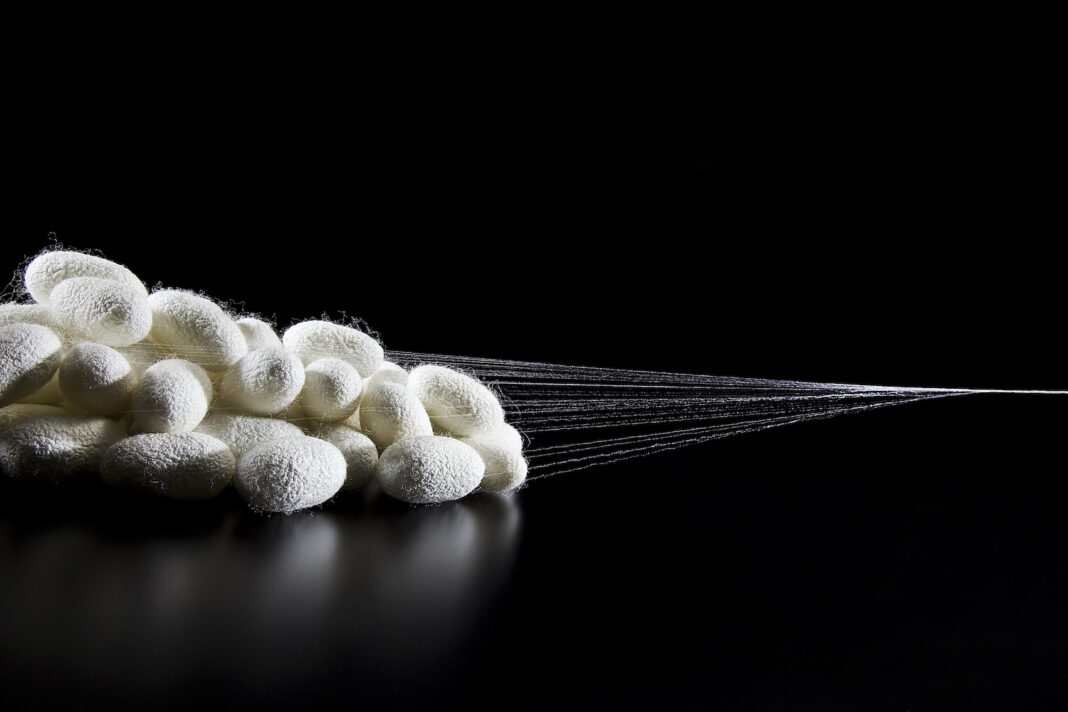Researchers have successfully produced the first full-length spider silk by genetically modifying silkworms using CRISPR, a significant advancement for the sustainable production of lightweight materials that are also resistant to breaking by being stretched (tensile strength) and bent (toughness). Spider silk provides an environmentally responsible approach to creating substitutes for commercial synthetic fibers like nylon and Kevlar.
The research article “High-strength and ultra-tough whole spider silk fibers spun from transgenic silkworms” was published on September 20, 2023, in the Cell Press journal Matter.
Tougher than Kevlar, Stronger than Nylon
Despite recent significant advancements in polymer fiber science and technology, advanced fibers with truly high tensile strength and ultra-toughness are still needed. However, there is a trade-off between strength and toughness in commercial synthetic fibers.
Current theories indicate that the properties of toughness and tensile strength in engineering materials are mutually exclusive. Comparing the well-known fibers Kevlar and nylon, for example, there is a trade-off: while the latter has better tensile strength, the former has higher toughness. As a result, developing supermaterials that meet increasing industrial demands for high strength and ultra-toughness depends on resolving the fundamental scientific problem of combining fiber toughness and strength.
There is one exception to this rule: spider silk. However, scientific knowledge about how to induce silkworms to produce spider silk is lacking, which hinders the commercialization of this material.
To produce a novel minimal structural model for silk, researchers from Southwest University in Chongqing and Donghua University in Shanghai developed a theoretical framework that elucidates the critical factors influencing fiber strength and toughness. Upon identifying the critical components needed to alter silkworm silk into spider silk, lead author Junpeng Mi and associates then used CRISPR to create silkworms that spun spider silk.
The resulting fiber is more than six times tougher than Kevlar and has high tensile strength, surpassing most natural and synthetic fibers like nylon. This accomplishment supports their theory that it is possible to produce spider silk fibers that are exceptionally strong and resilient.
This innovation removes barriers in science, technology, and engineering and opens the door for spider silk to be sold as a sustainable alternative to synthetic fibers. This discovery offers important new information for the creation of supermaterials, such as those needed for space elevators, which are imagined to be a kind of transportation that would carry people, satellites, and space stations above Earth’s atmosphere via a robust, thin cable or tether that is anchored to the planet and extends beyond its gravitational pull.


